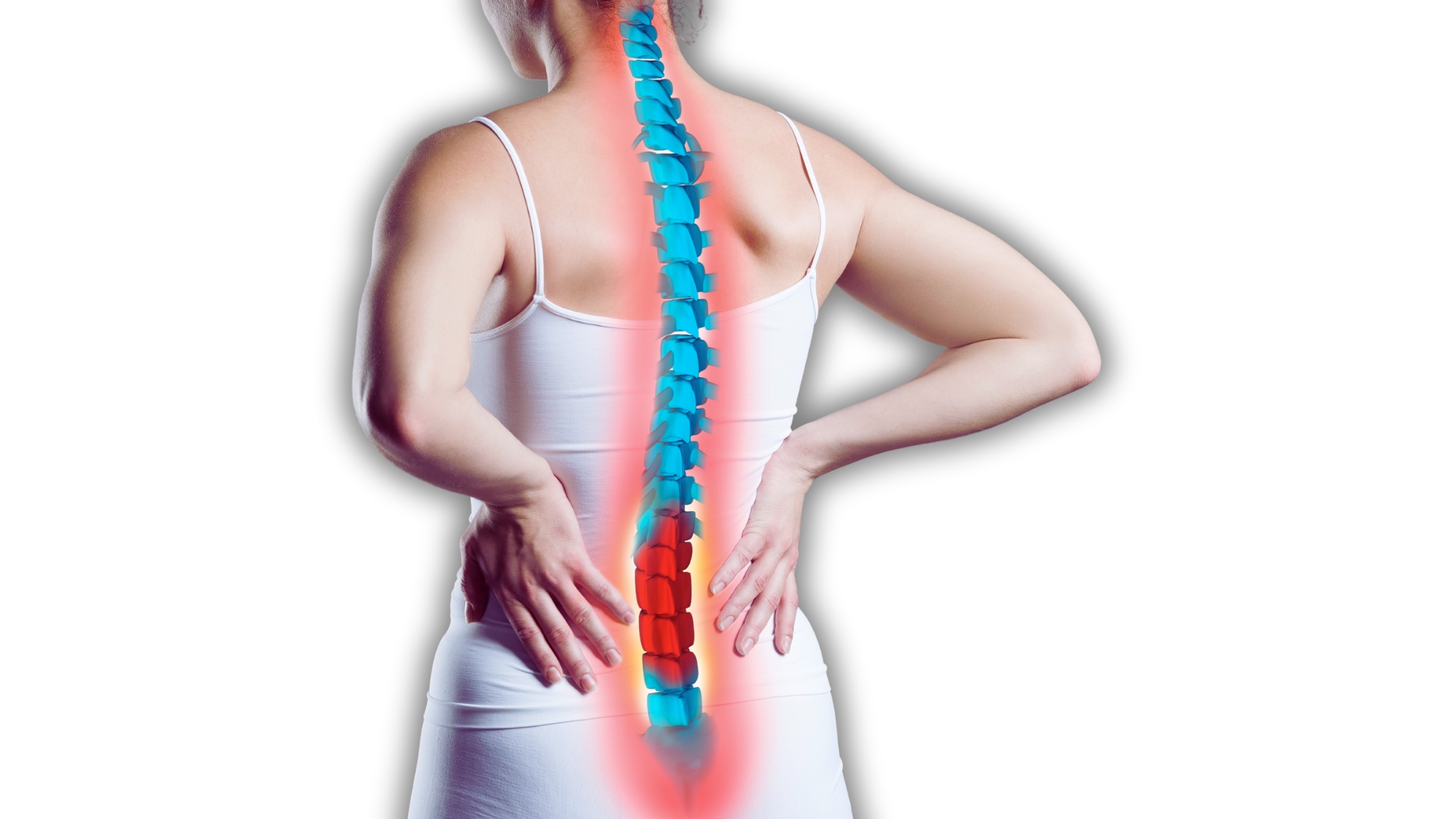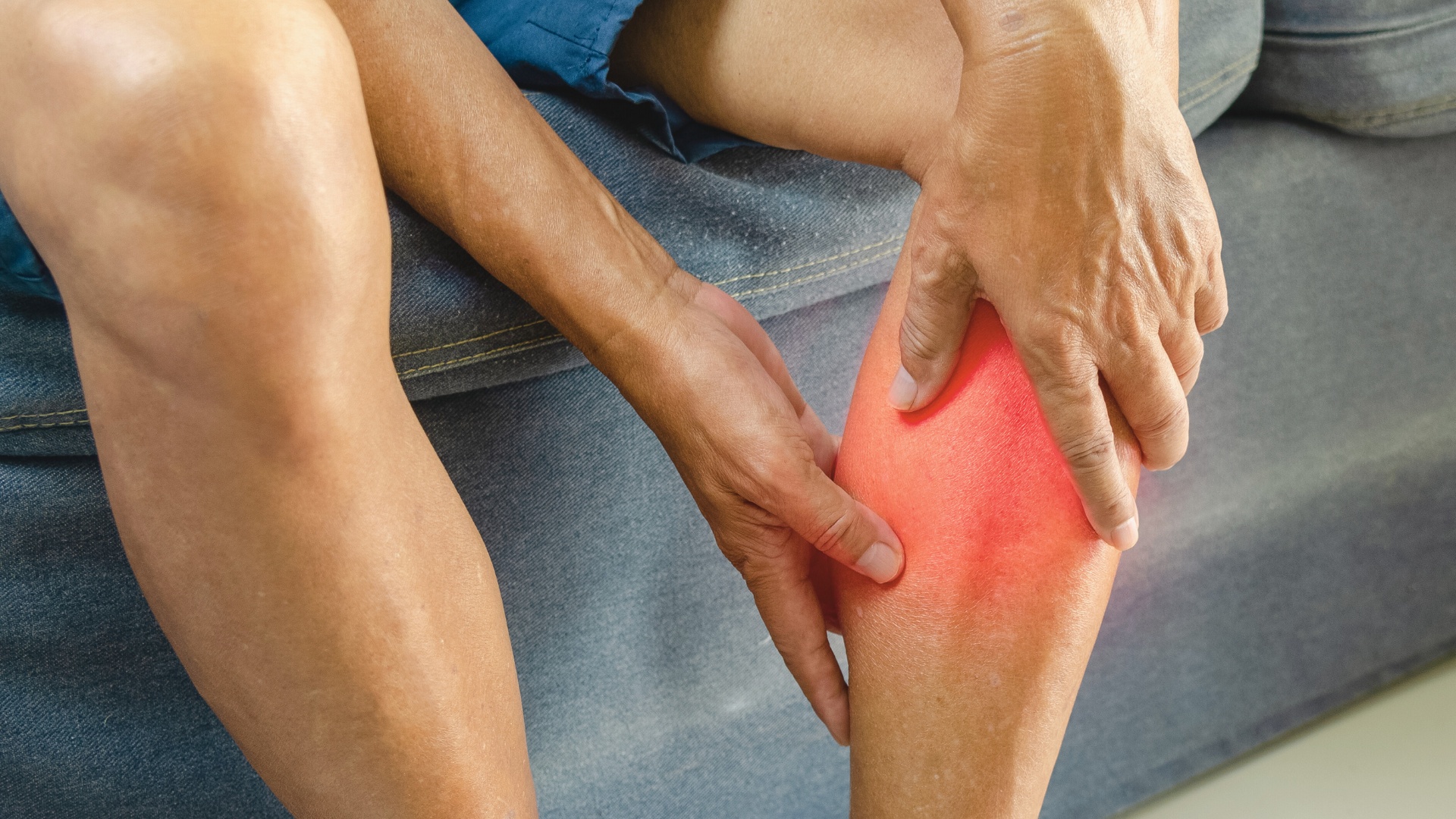Lower back muscle spasms are among the most common causes of sudden pain. They can make it hard to sit, stand, walk, or even lie down comfortably, and they often come back just when you think you’ve recovered.
Affecting more than 619 million people, lower back pain is the leading cause of disability worldwide, and spasms are one of the key ways this pain shows up. But why exactly do these spasms happen, and what makes them keep returning? In this blog, you will learn about what lower back spasms are, the causes of lower back spasm, and how ANF Therapy® helps to manage them.
ANF Therapy® is an advanced approach that supports the body’s natural healing mechanisms for muscle spasms using ANF Devices. These devices are applied to the affected areas of your body by trained ANF Therapists.
What Are Lower Back Spasms?
Muscle strain and spasms are the most common causes of lower back pain. A lower back spasm is an involuntary contraction of the muscles that support your spine from the lower part of your ribs to your buttocks. Instead of relaxing normally, the muscle fibers suddenly tighten and remain contracted.
This spasm is often your body’s way of “protecting” itself when something irritates your spine or surrounding tissues. This protective reflex may help in the short term, but it creates pain and stiffness that can linger for many days.

What is psoas syndrome?
Psoas syndrome is a clinical condition in which you feel pain and inflammation in your distal iliopsoas tendon, with less frequent involvement of the psoas muscle. It usually involves active people, such as athletes and jumpers, due to overuse trauma.
What Do the Stats Say About Back Spasms?
Back spasms are part of the bigger picture of how lower back pain can be debilitating. Over 80% of people will experience back pain at some point in their lives, while in the U.S., nearly 39% of adults report back pain within a three-month period.
Lower back pain accounts for 64.9 million years lived with disability globally. It can happen to anyone, as chronic back pain (pain that lasts more than 3 months) affects roughly 23% of people.
All of this underscores the importance of understanding the symptoms and causes of back spasms, so you can seek medical attention when needed and take steps to prevent complications.
What Do Back Spasms Feel Like?
The symptoms of back spasms in the lower back vary from person to person, but most describe them in ways that are easy to recognize:
- A sudden cramp or knot that locks the back.
- Sharp pain in one spot of the lower spine.
- A heavy or tight feeling that makes standing up straight difficult.
- Stiffness that limits bending or twisting.
- Pain that radiates into the hips, buttocks, or legs.
- Soreness even after the spasm stops.
- Some people also notice twitching or visible muscle tightening during a spasm.
The Main Causes of Lower Back Spasms
Back spasms usually result from several overlapping factors, such as:
Poor Posture
When you slouch at a desk or hunch over a laptop, your lower back carries extra stress. The pressure builds slowly, even if you don’t notice it at first. Eventually, those tired muscles may tighten into painful spasms.
Muscle Weakness
Globally, about 1 in 3 adults does not meet recommended physical activity levels. This means that their muscles slowly weaken from inactivity:
- If your core and back muscles aren’t strong enough, your spine doesn’t get the support it needs.
- The lower back ends up working overtime to keep you steady.
- That extra effort often shows up as repeated back spasms.
Physical Activity
Sudden or repetitive movements can put excessive strain on the lower back. Common activities that may trigger spasms include:
- Lifting heavy objects at home or work
- Spending hours doing yard work or gardening
- Carrying groceries or other uneven loads
- Overstretching during exercise or chores
- Twisting your torso quickly without support
- Falling or slipping unexpectedly
- Playing sports that involve bending or rotation
- Long walks or runs without proper conditioning
Disc Problems
Between each vertebra in your spine is a cushioning disc. When a disc bulges outward (called a herniated disc), it can press on nerves in your spine. This causes pain and triggers reflexive tightening of surrounding muscles. In severe cases, a ruptured disc can cause your muscles to remain in constant spasm.

Arthritis
Arthritis causes inflammation and stiffness of your spinal or vertebral joints. Osteoarthritis is the most common form, but autoimmune types like rheumatoid arthritis can also affect the back. Muscles near arthritic joints in your back often spasm as they try to stabilize the area.
Nerve Problems
Nerve problems, such as radiculopathy, occur when a nerve root is pinched or inflamed. Sciatica is the best-known example, often causing pain that runs down the legs. Spasms from nerve issues may come with:
- Tingling or numbness
- Shooting pain in the hips or legs
- Weakness in the lower back or limbs
Stress
Stress shows up in your body as much as in your thoughts. Many people tense their back muscles without even realizing it. Higher cortisol levels associated with stress keep the muscles tight and slow their recovery.
Spinal Alignment Issues
When the spine is out of balance, the back muscles work extra hard to keep you steady. This constant effort often leads to painful spasms. Conditions that disturb normal spine mechanics include:
- Scoliosis (curved spine)
- Spondylolisthesis (slipped vertebra)
- Spinal stenosis (narrowing of the spinal canal)
Fibromyalgia
Fibromyalgia makes your muscles and nerves extra sensitive. This sensitivity can trigger frequent back spasms along with ongoing aches and tenderness in parts of your body, not just your spine.
Why Do Spasms Keep Coming Back?
Research shows that the yearly recurrence rate of low back pain ranges from 64% to 77%. Recurrent spasms often happen because:
- Injured muscles or ligaments that haven’t fully healed
- Weak core muscles force the back to overwork
- Disc degeneration or arthritis keeps irritating your spine
- Stress and poor sleep keep muscle tension high in your body
- Long hours of sitting alternate with sudden heavy activity
How to treat lower back spasm naturally with ANF Therapy®?
ANF Therapy® or Amino Neuro Frequency Therapy is a frequency-based approach that is designed to aid in the treatment, prevention, and relief of musculoskeletal injuries, as well as related problems such as pain, swelling, discomfort, and limited mobility. It is also designed for use in physical rehabilitation, neuromusculoskeletal care, and supportive treatment settings.
Outcomes:
A real-world study involved 1,054 patients across 45 countries to assess the effectiveness of ANF Therapy®. Common pain areas included the lower back, knee, neck, and shoulder. As a result, pain levels decreased significantly, from 7.6 to 3.1 out of 10 with ANF Therapy®. Patients also showed reduced swelling and improved range of motion. Satisfaction was high (92/100), and side effects, such as dry mouth, headache, and fatigue, were mild and short-term, reported by 42% of patients. The results indicate that ANF Therapy® is helpful in supporting the recovery of orthopaedic injuries.Start your journey with ANF Therapy®:
ANF Therapy® is the newest frequency-based approach. If you have muscle spasms, consult an ANF Practitioner or find an ANF Therapist at https://www.anftherapy.com/find-clinic/ to discuss how ANF Therapy® can help.
If you’re a healthcare practitioner and want to enhance your clinical skills with frequency medicine, learn more about the ANF Therapy® and ANF Clinical education program by visiting www.anfacademy.com.




